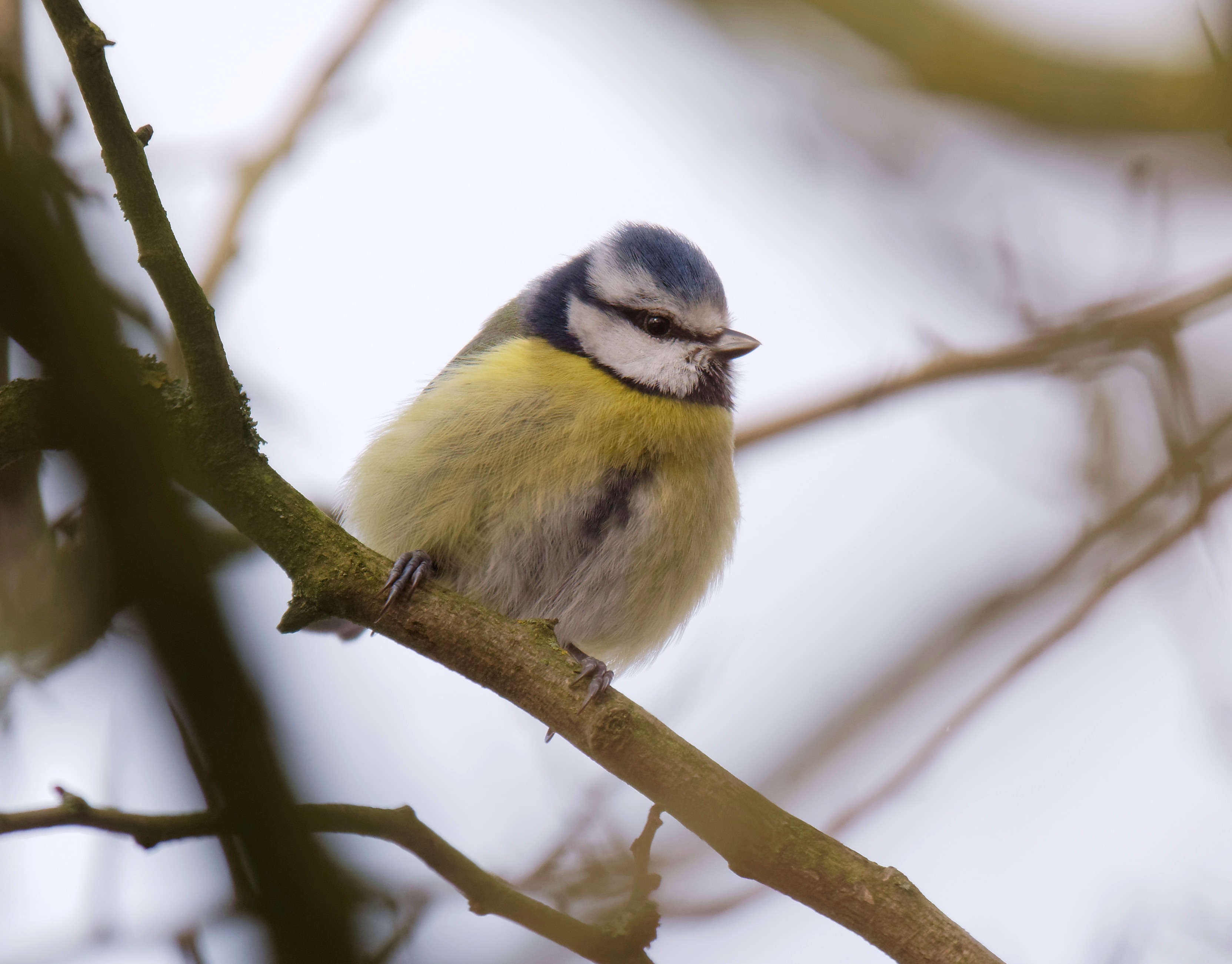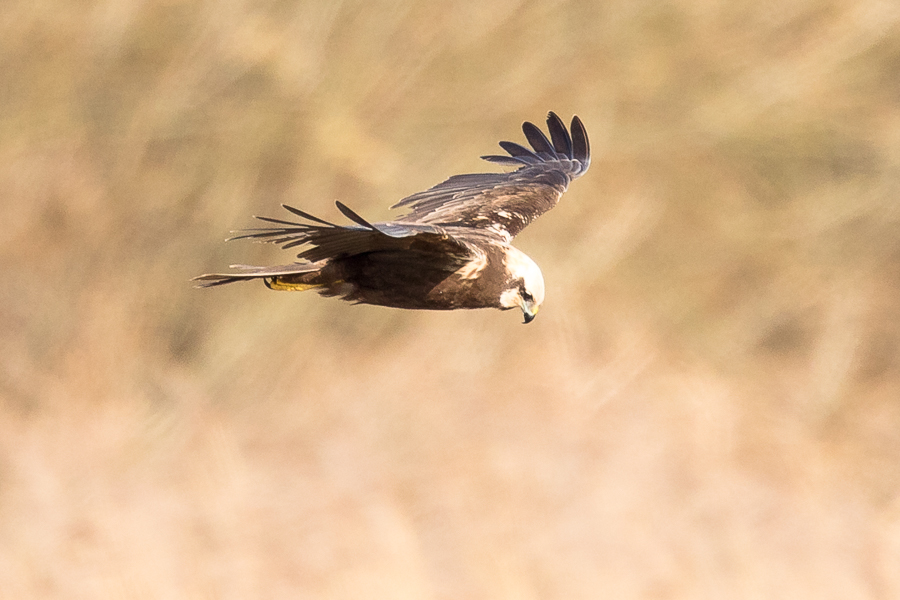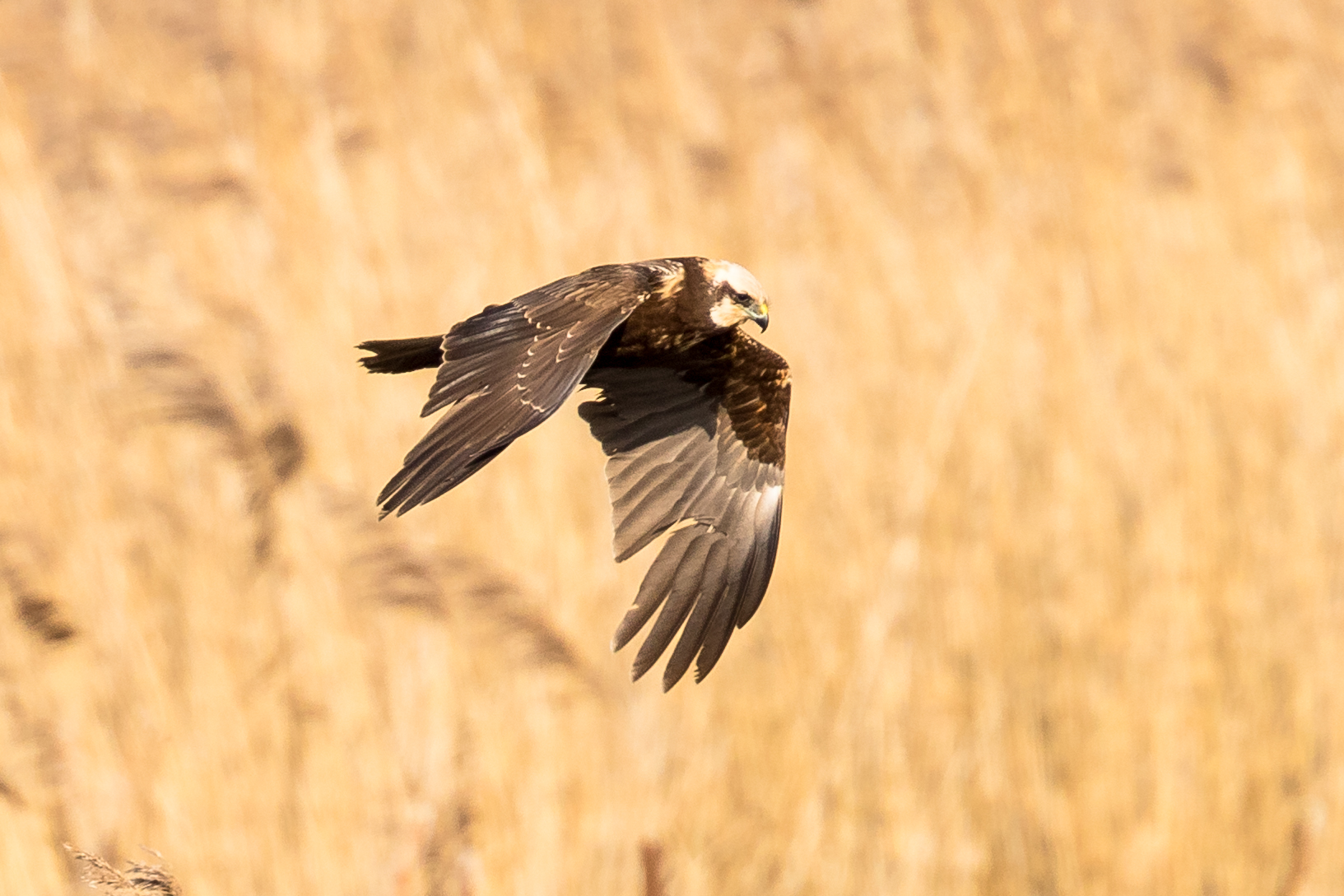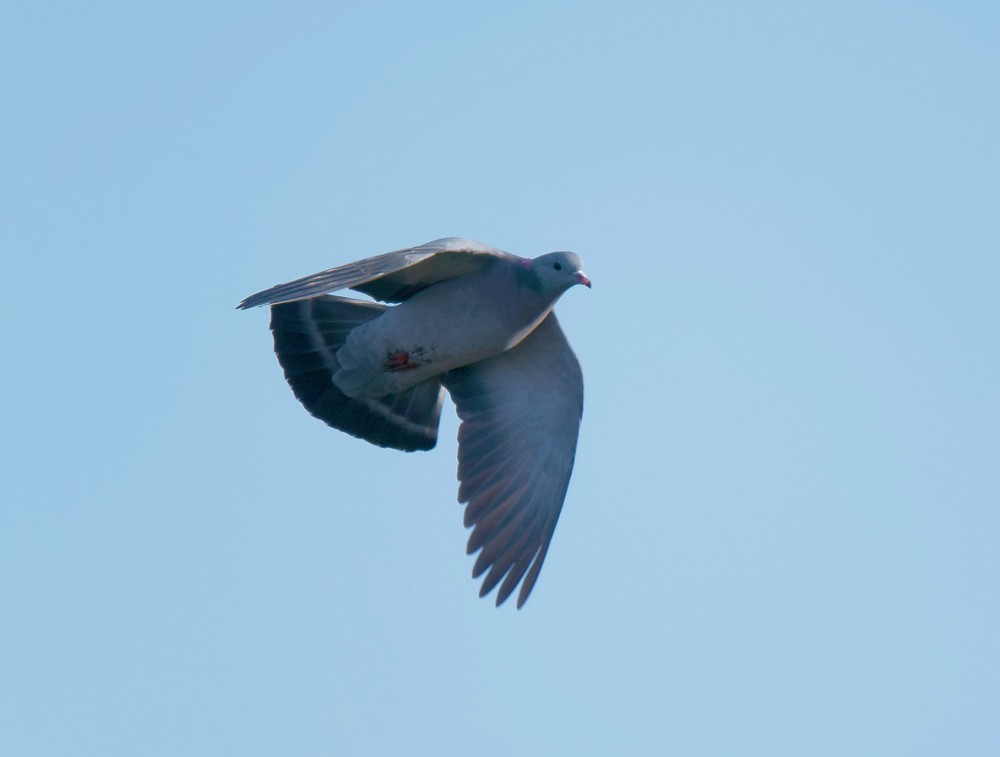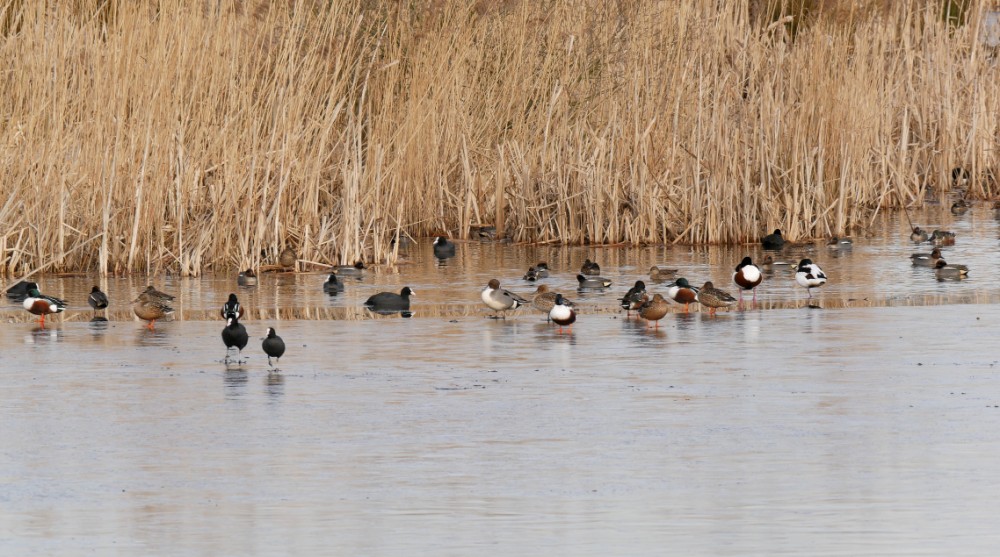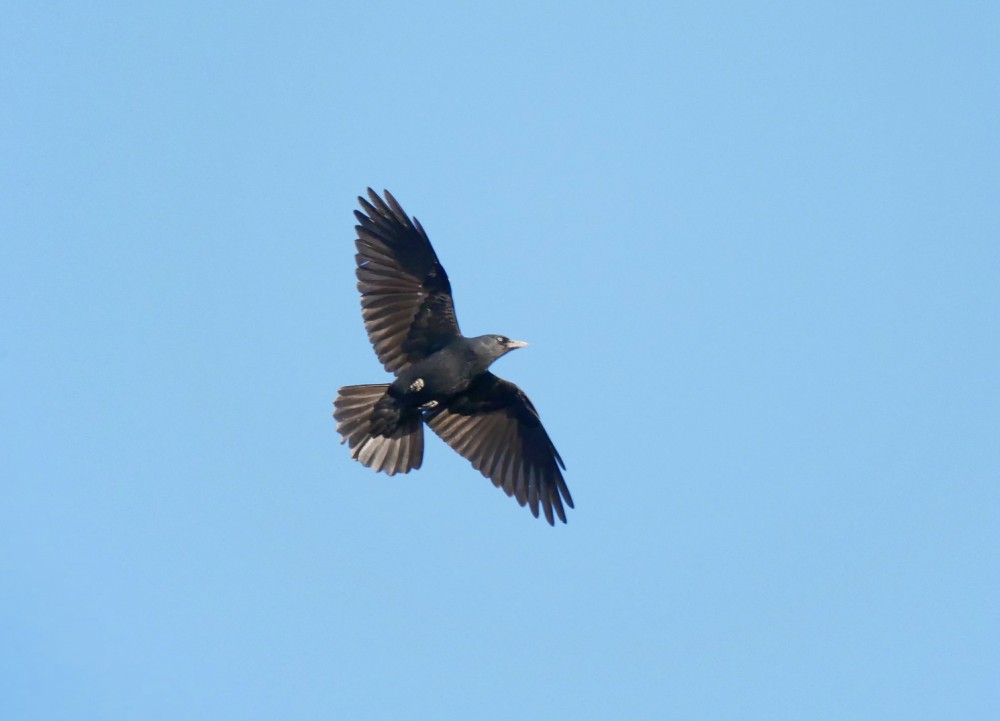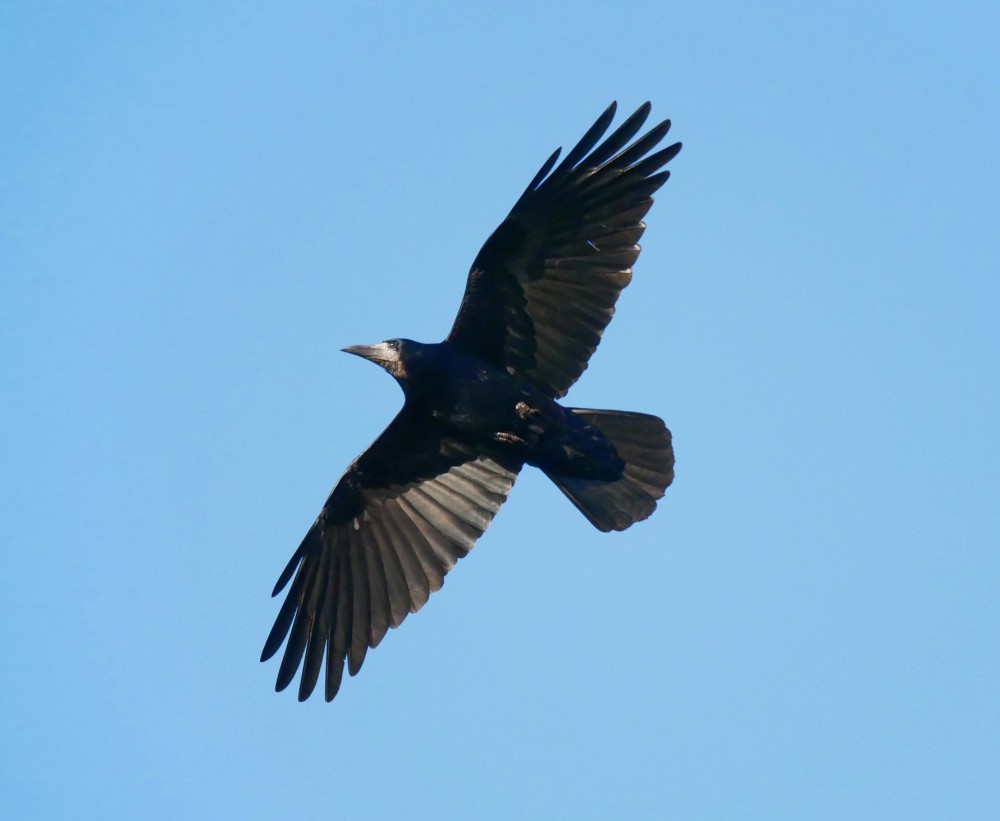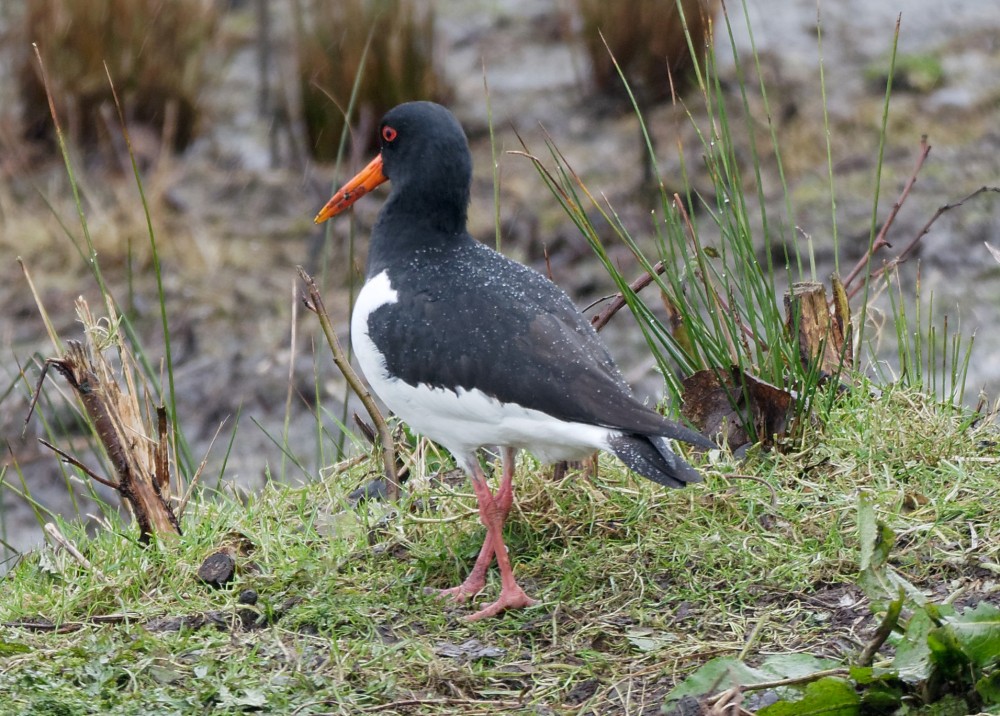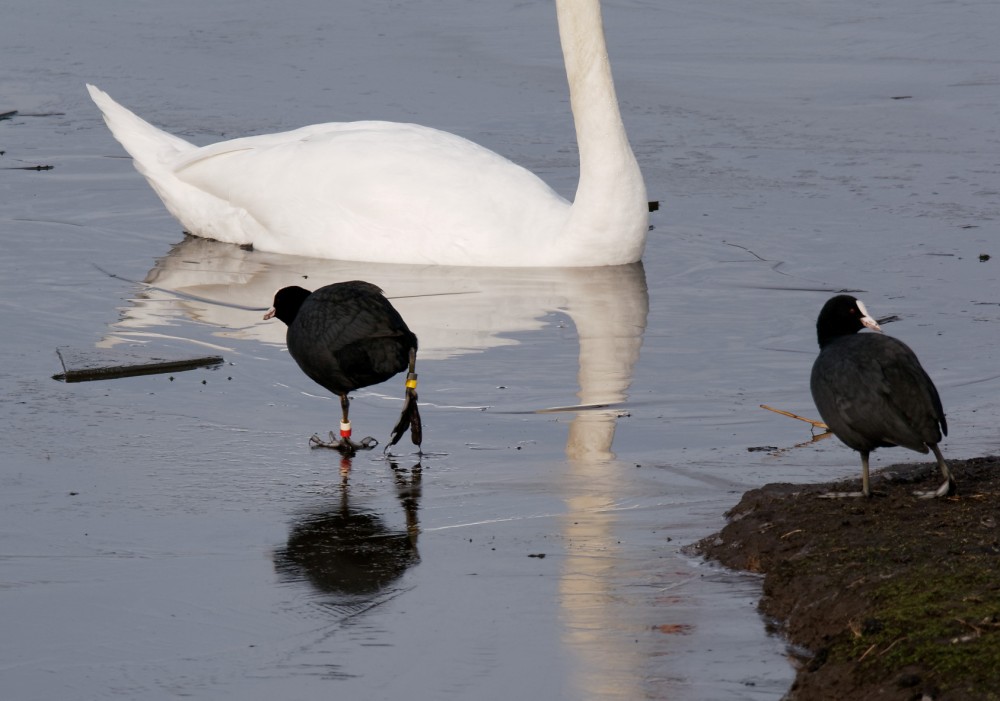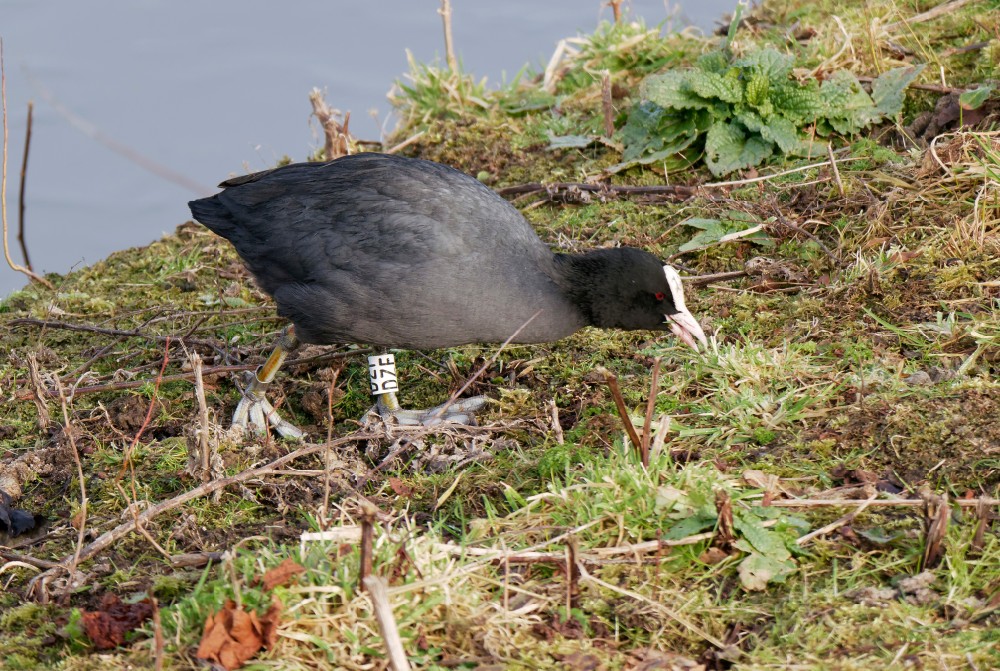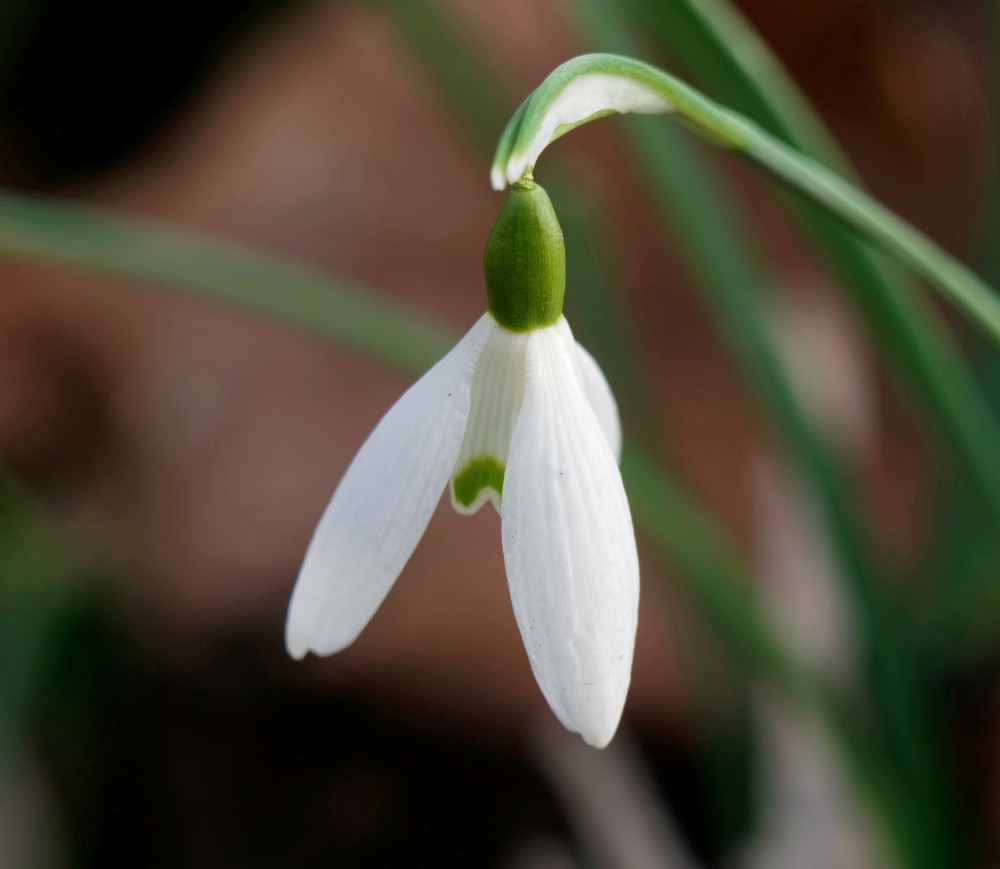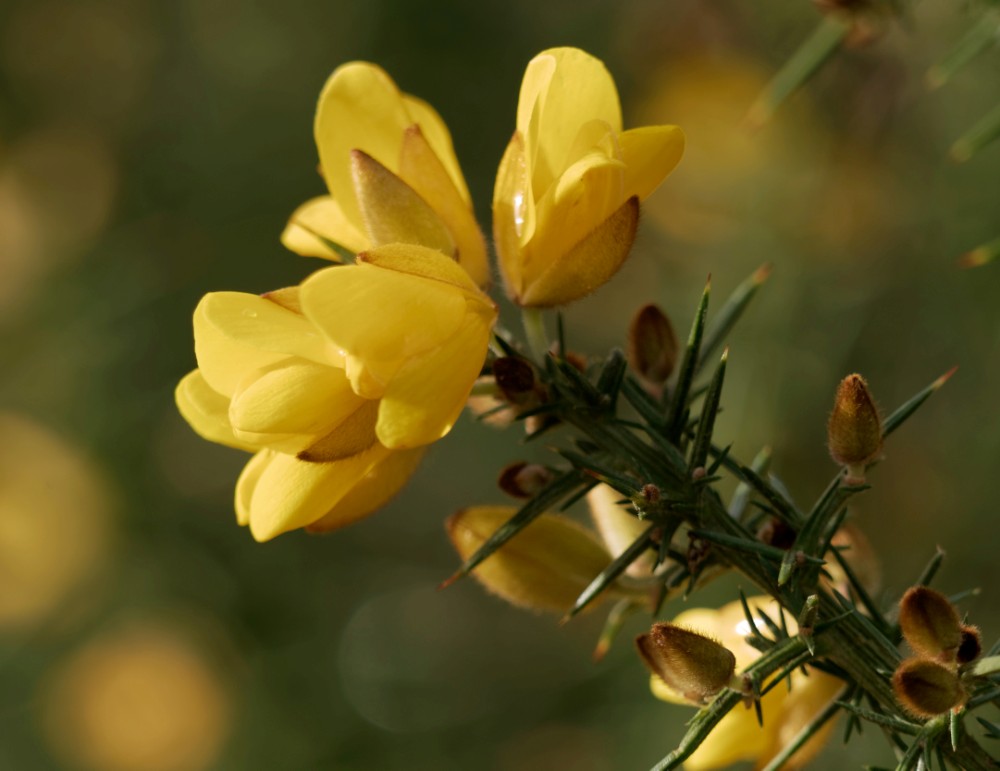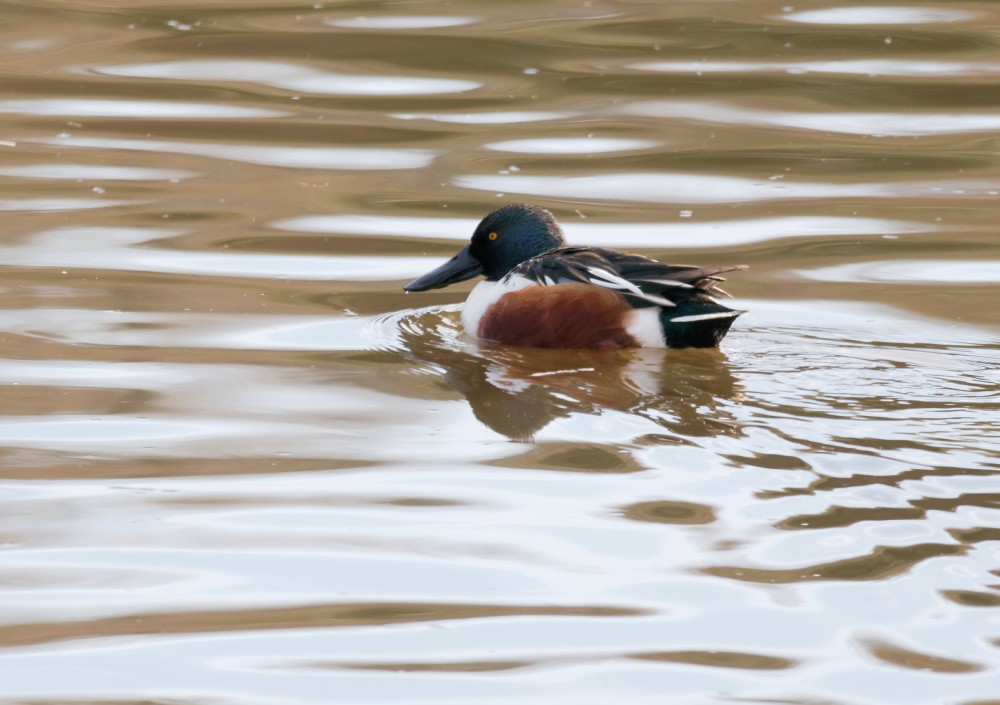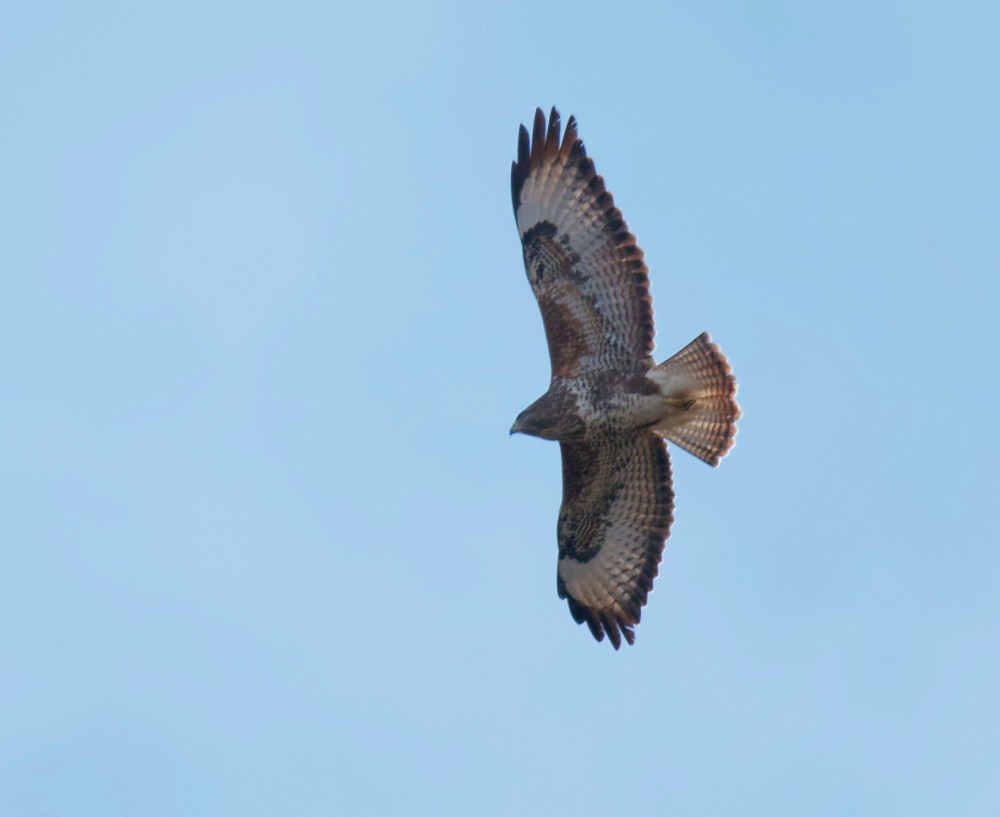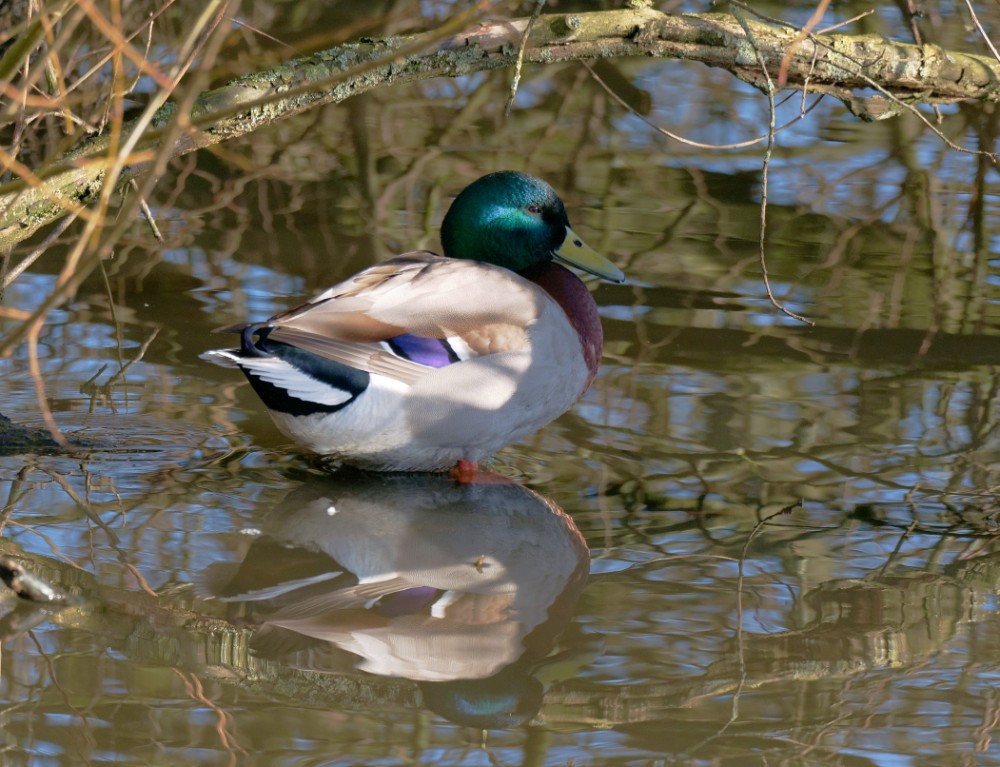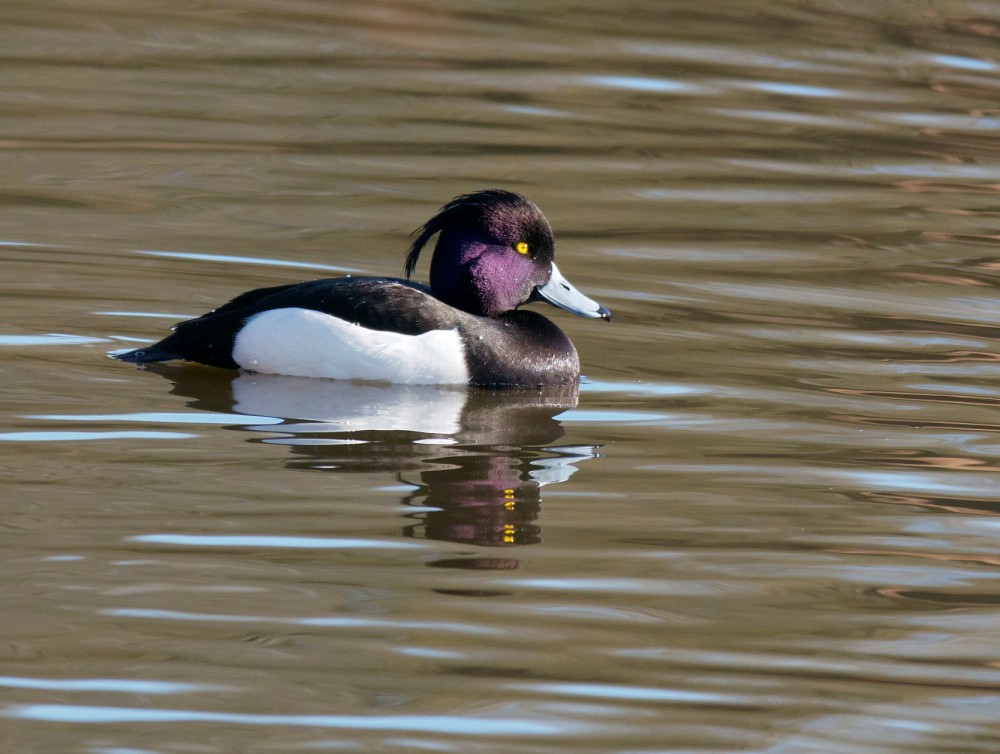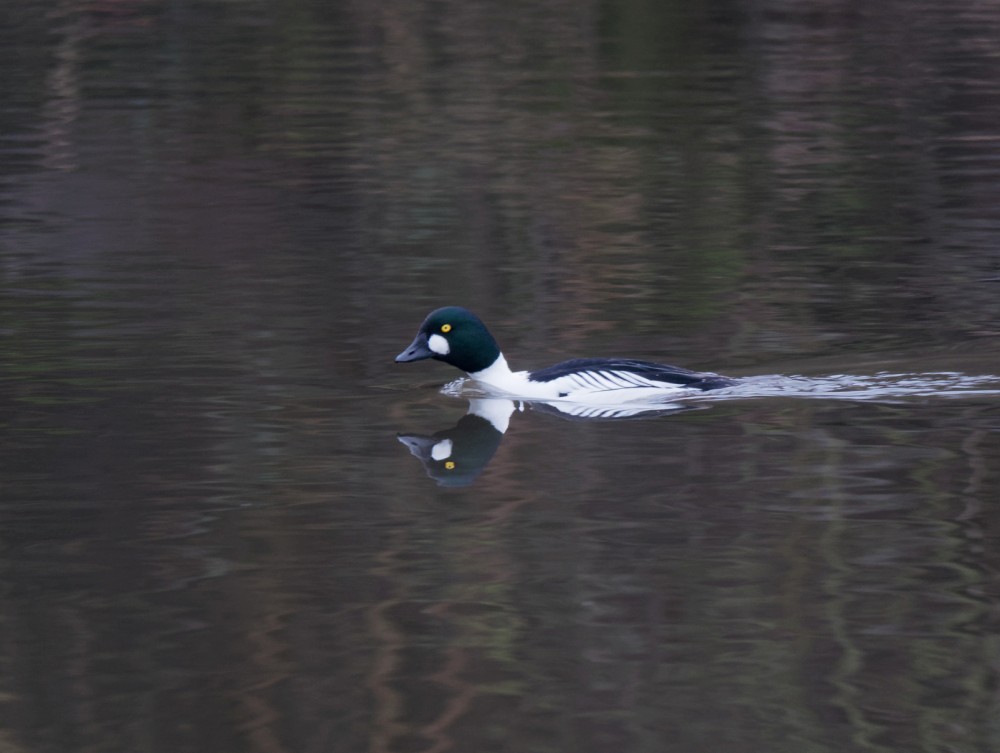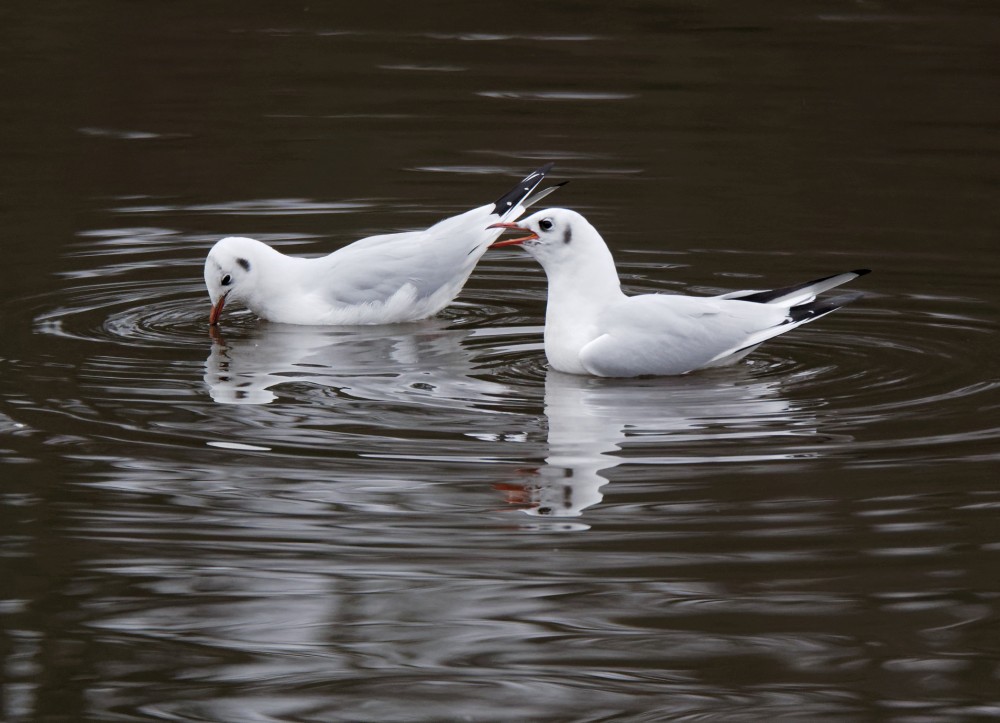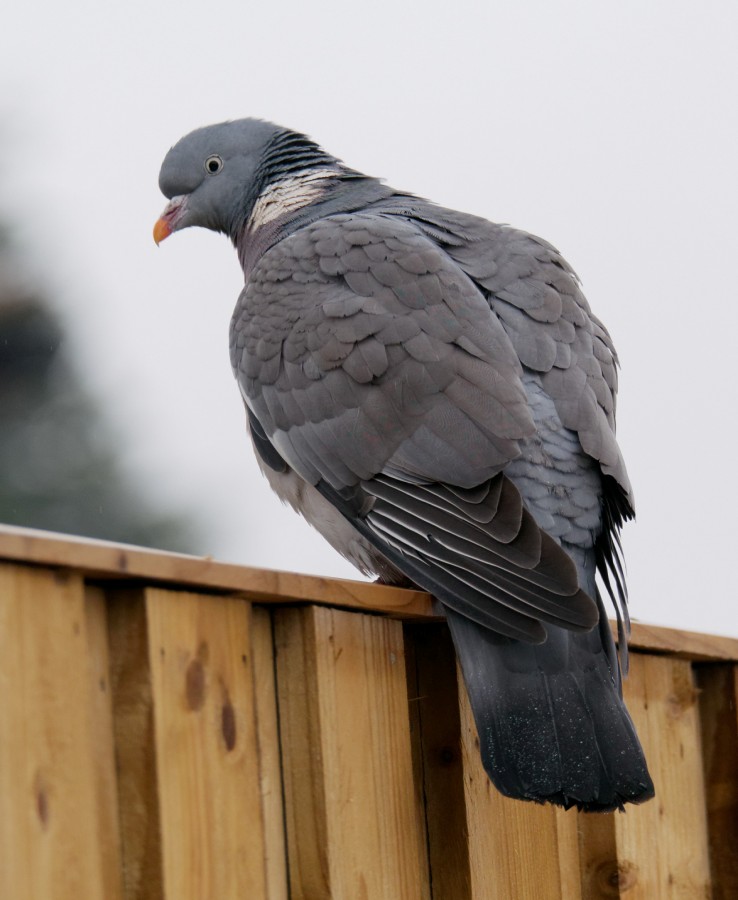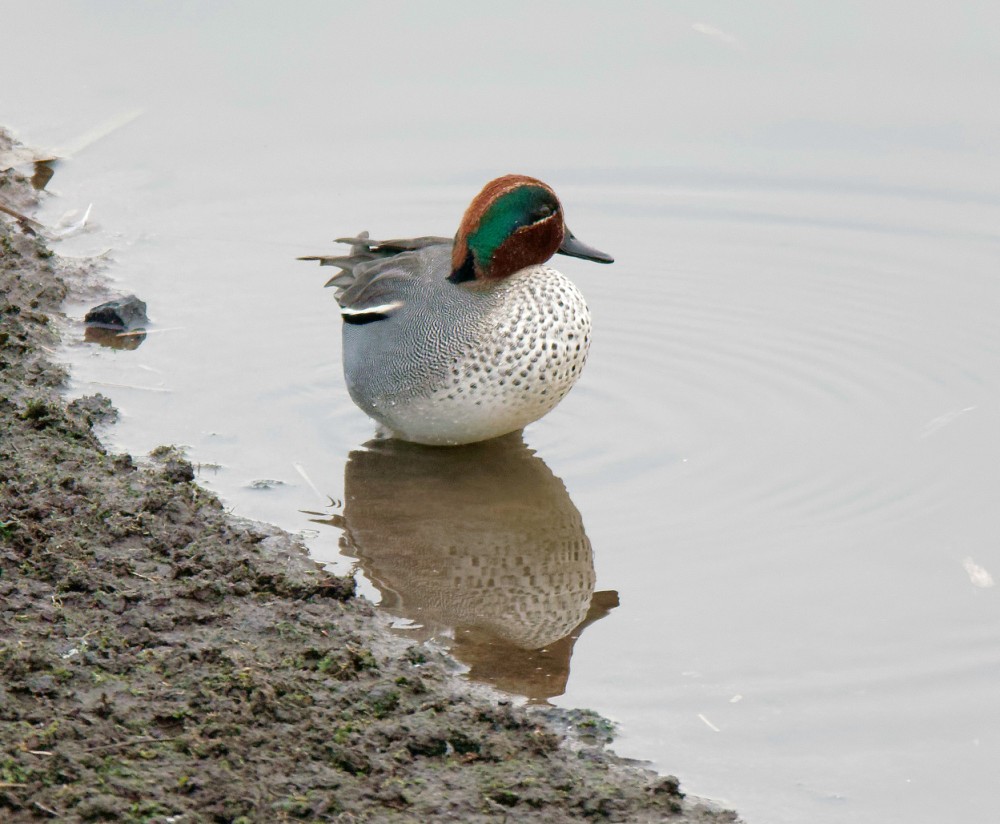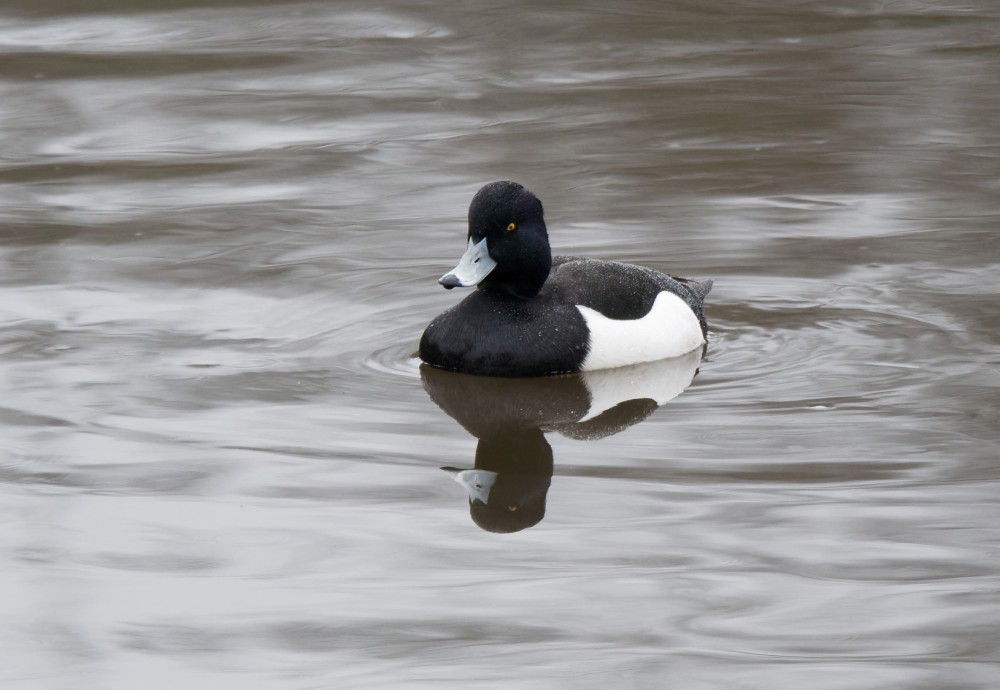Woolston Eyes Monthly Sightings
2018-02-28
When bitterly cold weather blows in from the east, birds start to move around more and there’s always a chance of finding something a bit different. When I arrived at the entrance barrier, at 6.30 am, the temperature gauge on my car read minus 11C, though clear skies and a light wind made for ideal birding conditions. Walking on to No.3 bed a Green Woodpecker was yaffling - always a scarce bird at this end of the Reserve. Over breakfast in the Morgan Hide, two roosts were noted, holding 150 Redwings and 90 Fieldfares. Out on the frozen lagoon, the wildfowl were working hard to keep a couple of small pools open, with good numbers of Teal, Pochard, Tufted Duck, Shoveler, Gadwall, Mallard, Shelduck, Coot and Moorhen noted, along with two Water Rails skittering along the icy margins. Seed eaters were feeding voraciously around the bed, with counts of: 55 Bramblings, 5 Siskins, 2 Lesser Redpolls, 10 Reed Buntings, 6 Linnets, 2 Goldfinches, 120 Greenfinches and 60 Chaffinches. Then a brisk walk round No.2 bed, ending up at the Weir Basin, which brought the morning’s highlight. I picked up a male Peregrine going flat out after what I at first though was a flock of racing pigeons - as they got closer I could see it was a group of 19 Golden Plover before, falcon in close pursuit, they disappeared at high speed over No.2 bed. Golden Plover used to occur in large flocks at Woolston but are now a very scarce visitor. After counting the hundreds of wildfowl on the Weir Basin, which included two Goldeneye, it was back to the Morgan Hide for lunch, taking the odd photo on the way. Photo of a Blue Tit from this morning. Cheers David Bowman
Submitted by: David Bowman
2018-02-25
Here’s a link to a short video clip of yesterday’s Marsh Harrier on No.3 bed. It also shows some of the 80+ Shoveler feeding at dawn, plus Black-headed Gulls, Teal, Oystercatchers and Bramblings.
To view David’s video CLICK HERE…
or cut and paste the link https://www.youtube.com/watch?v=ihUjerCVR2E into your browser
Submitted by: David Bowman
2018-02-24
Another rewarding morning on No.3 bed, starting at dawn with most of the lagoon showing a thin skim of ice and the wildfowl working hard to keep a few small pools open. Of these, the most interesting were the Shoveler, with 82 in tight groups, showing their characteristic, synchronised spinning feeding behaviour (I’ll post a video of this tomorrow). The highlight, though, was the appearance, mid-morning, of the Marsh Harrier which first arrived on Wednesday. It treated us to an extended hunting display, attracting the attention of the 300 or so Black-headed Gulls on the bed and flushing a similar number of Teal from cover. This bird is in heavy wing and tail moult, which is unusual at this time of year (see record shot). A couple of Oystercatchers, which dropped in and settled onto one of the nesting rafts, raised hopes that we might see them as a breeding species this year.
Cheers David (with Helen Wynn, Diane Shepherd and Brian Baird)
Submitted by: David Bowman
2018-02-23
A fine, but very cold, morning with a heavy frost. Large parts of No.3 bed frozen but sufficient open water to concentrate the wildfowl in front of the Morgan hide.A very good gathering of Shoveler,81, with also 12 Shelduck and 45 Coot. Many Teal were calling and 12 Pochard. Unfortunately, there was no sign of the Marsh Harrier which had been showing well in the previous two days.
Submitted by: Brian Martin
2018-02-21
Today was a real precursor of spring, with c.440 Black-headed Gulls making a welcome, if raucous, noise at the No.3 bed breeding colony and a rather scruffy migrating female Marsh Harrier dropping into the reed-bed at midday. There were still plenty of Bramblings around, with at least 35 counted, three Cetti’s Warblers were in song, 60 Linnets came out of a roost somewhere on the bed at dawn, a single Oystercatcher passed through, two Water Rails were calling, a male Lapwing seemed to be thinking about taking up a territory on the Morgan Hide scrape, one pair of Great Crested Grebes gave a glimpse of display and two pairs of Little Grebe were sailing around giving their trilling calls.
Photo of today’s female Marsh Harrier
Cheers David Bowman
Submitted by: David Bowman
2018-02-17
WeBS Count carried out this morning across the Reserve.
Little Grebe 5, Great crested Grebe 16, Cormorant 15, Mute Swan 10, Grey Heron 1, Shelduck 12, Greylag Goose 9, Canada Goose 64, Gadwall 70, Teal 464, Mallard 122, Shoveler 36, Pochard 52, Tufted Duck 558, Goldeneye 2, Water Rail 2, Moorhen 40, Coot 64, Black headed Gull 117, Lesser Black backed Gull 2. Other highlights were 3 singing male Cetti’s Warblers along east bank of No.3 bed and an amazing total of 28-30 singing Song Thrushes on the Reserve.
Fieldwork carried out by B. Martin, Derek Britch, Dave Hackett, Les Jones and Sue Haddock.
Submitted by: Brian Martin
2018-02-15
A sunny but cold day made a pleasant change from the recent wet weather. A Peregrine was on the viaduct and 50 Fieldfare in fields to the north of no.1 bed. Wildfowl totals included an excellent 663 Tufted Duck, 81 Pochard, 42 Coot,23 Shoveler, 18 Shelduck and 4 male Goldeneye. Early in the morning 10 Song Thrushes were singing. Photo; Snowdrops on no.3 bed
Submitted by: Dave Hackett
2018-02-15
Distant photo of the two Pintail which appeared when No.3 bed was largely frozen over a week or so ago.
Cheers David
Submitted by: David Bowman
2018-02-15
On a day of brilliant light there was a noticeable influx of wildfowl to No.3 bed. Water levels are at their highest at this time of year and the bed becomes highly attractive to diving ducks, as well as to the usual dabbling ducks like Teal, Shoveler, Gadwall, Mallard and Shelduck. While today’s count of 80 Pochard is the year’s highest so far, this was dwarfed by the 600 Tufted Duck counted by Dave Hackett across the whole Reserve. At the Weir Basin, three Goldeneyes added to the variety of wildfowl present. Other birds included 30 Bramblings, most of which were around the North Meadow, 1 Raven tumbling high over the east bank and 1 female Peregrine which flushed most of the wildfowl and brought c.600 Teal out of cover in the reed-bed.
Photo of a Jackdaw from near Bollin Point from last week.
Cheers David Bowman (with Brian Martin and Ashley Radford)
Submitted by: David Bowman
2018-02-12
On sunny, late winter days like today many of the birds are already getting ready for the breeding season. On No.3 bed, Mallards were mating and Buzzards, Teal, Goldeneyes and Canada Geese displaying. Other birds on the bed included 1 Oystercatcher, 30 Bramblings, 25 Fieldfare and 10 Redwings, while a Cetti’s Warbler was singing from the south bank. A wander round Nos.2 and 1 beds and then as far as Bollin Point produced another Cetti’s Warbler, another 120 Fieldfares, two Peregrines and a late afternoon movement, over Butchersfield Tip, of 25 Jackdaws and 12 Rooks.
Photo of a Rook from Butchersfield Tip
Cheers David
Submitted by: David Bowman
2018-02-10
At dawn on a grey, drizzly day, David Spencer and I were rewarded for our early rising with a close encounter with a Barn Owl in the centre of No.3 bed. Over the morning, Brambling numbers under the Morgan Hide feeders rose steadily to peak at c.50 by mid-day. Other sightings of note included: a Chiffchaff near the Morgan Hide, single Snipe and Oystercatchers, 16 Pochard, 140 Tufted Ducks, 140 Greenfinches, 1 Willow Tit, 12 Bullfinches and small numbers of Shelduck, Shoveler, Mallard and Gadwall. Most of the hundreds of Teal present kept to the seclusion of the reed-beds and back channels, with just a few out on the open water. A nice bonus for our two visitors, Daveen Wallis and her partner Richard, was a charismatic female Sparrowhawk, caught and ringed by Kieran Foster and his team, along with the usual haul of Teal.
Photo of an Oystercatcher from this morning,
Cheers David Bowman (with David Spencer, Alan Warford, Brian Baird, Les Jones, Daveen Wallis and Richard)
Submitted by: David Bowman
2018-02-08
Yesterday on No.3 bed, two colour ringed Coot were wandering round on the ice. We’ve now had the results back from Kane Brides who originally ringed them. The white Darvic ringed bird (DZF) was ringed at Whalley Range on 29/10/16.
Perhaps more interesting was the one with the yellow/white/red combo, which was ringed at Pennington Flash on 24/11/10 See photo). It was then sighted several times at Crompton Lodges in Bolton during 2011/12 but then went off the radar till yesterday. Fascinating.
Cheers David
Submitted by: David Bowman
2018-02-07
There were some excellent counts of wildfowl across the reserve today. In addition to the totals reported by David Bowman were a further 44 Coot and 24 Shoveler, mostly on the Loop of No.4 bed. Reserve totals included 105 Mallard, 496 Tufted Duck, 27 Mute Swan, 8 Great-crested Grebe, 4 Little Grebe and 3 male Goldeneye. The flock of Greylag Geese at Bollin Point totalled 24. Songbirds included 5 singing male Song Thrush.
Submitted by: Dave Hackett
2018-02-07
Photo of a drake Goldeneye from the Weir Basin today.
Cheers David
Submitted by: David Bowman
2018-02-07
When the lagoon on No.3 bed freezes, as it did overnight, you get a real sense of the numbers of wildfowl which are usually tucked away in the reeds. They work hard, collectively to try and keep some water open and you can get accurate counts of numbers present as they congregate. Today’s totals were: 2 Pintails (a male and a female, a scarce bird at Woolston these days), 650 Teal, 46 Shovelers, 10 Gadwalls, 12 Mallards, 2 Mute Swans, 10 Shelducks, 13 Canada Geese, 49 Coot and 14 Moorhens. Other wildfowl around the Reserve included 2 Goldeneyes, 5 Pochards,158 Tufted Ducks and 3 Great Crested Grebes at the Weir Basin plus a group of Greylag Geese, reported by Dave Hackett near Bollin Point. So, in total 15 different species of waterfowl. Other sightings of interest included 10 Redwings, 35 Bramblings, 120 Greenfinches, 60 Chaffinches, 5 Common Buzzard and 1 Sparrowhawk.
Photograph of a Tufted Duck Cheers David Bowman
Submitted by: David Bowman
2018-02-06
A snowy, dawn visit to this morning, with some good counts of the regular species. By mid-morning, when we left, c.20 Bramblings, 10 Bullfinches, 120 Greenfinches and 40 Chaffinches were visiting the Morgan Hide feeders on No,3 bed. A single Water Rail plus hundreds of Teal and a few Pochards, Tufted Ducks, Shelducks, Gadwall and Shovelers were the highlights among the waterbirds.
Photo of a drake Teal from the Morgan Hide this morning.
Cheers David Bowman (with David Spencer)
Submitted by: David Bowman
2018-02-03
On a grey day with a persistent fine drizzle, we did most of our survey work from the Morgan Hide, though we did do a leisurely circuit of the bed during a brief break in the weather. Additionally, we gave Kieran Foster a hand with his wildfowl ringing programme, when he made an excellent catch of 31 Teal in the duck trap. His team’s work is providing supporting evidence for the view that it hasn’t been a good breeding season for Teal up on the northern tundra. On the way home I stopped off at the Weir basin to count the wildfowl and take a handful of shots with my new camera. Highlights of the day were probably the finches and the wildfowl, with counts of: 49 Bramblings, 6 Linnets, 3 Siskins, 15 Goldfinches, 21 Bullfinches, 90 Greenfinches, 60 Chaffinches, 4 Goldeneyes, 11 Pochards, 190 Tufted Ducks, 9 Shelducks, 21 Gadwall, 43 Mallards, 19 Shovelers, a displaying pair of Great Crested Grebes and 350 Teal. Other odds and ends included: 1 Cetti’s Warbler, 4 Snipe and 16 Redwings.
Photo of a Tufted Duck from the Weir Basin
Cheers David Bowman (with Alan Warford, Helen Wynn, Sue Haddock, Brian Baird and Les Jones)
Submitted by: David Bowman

